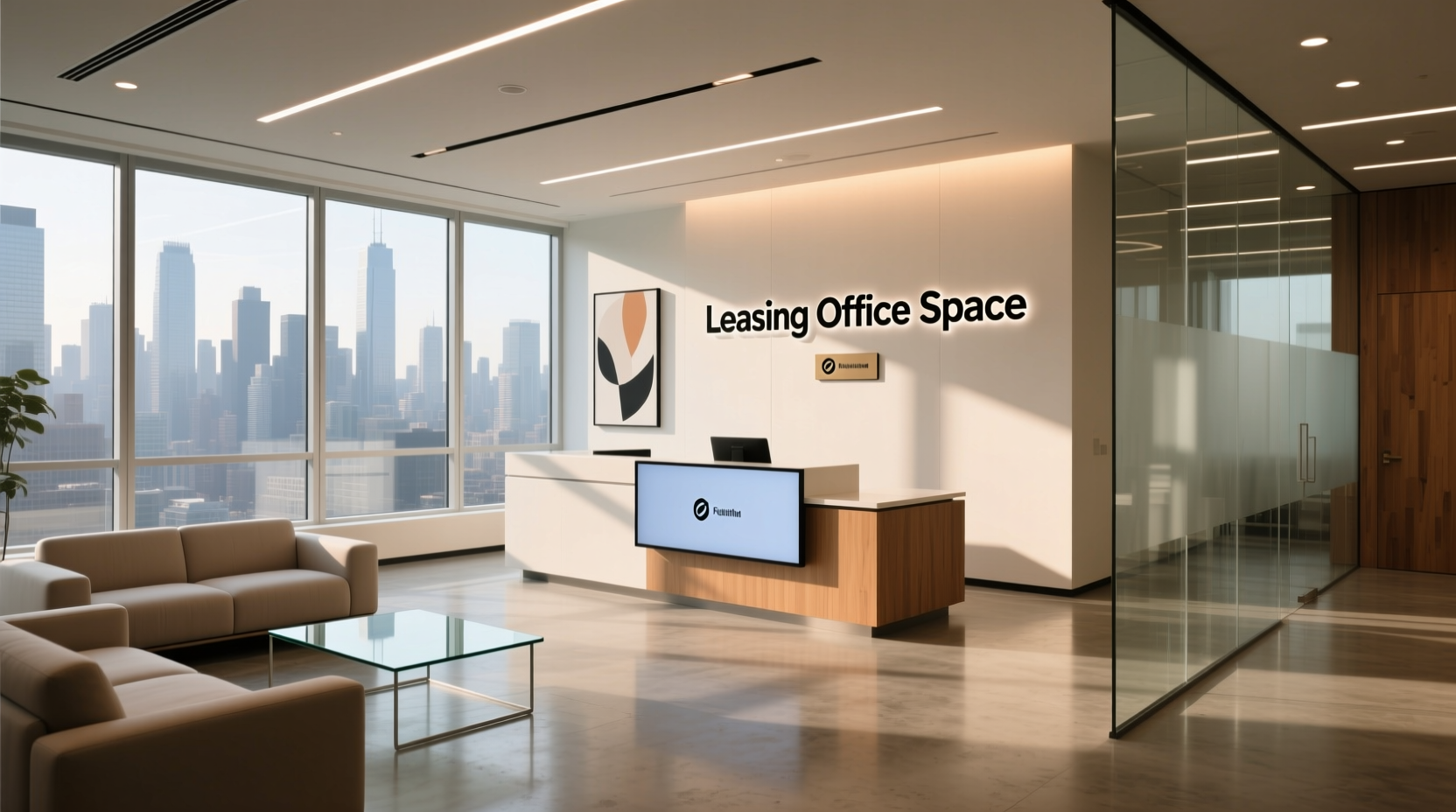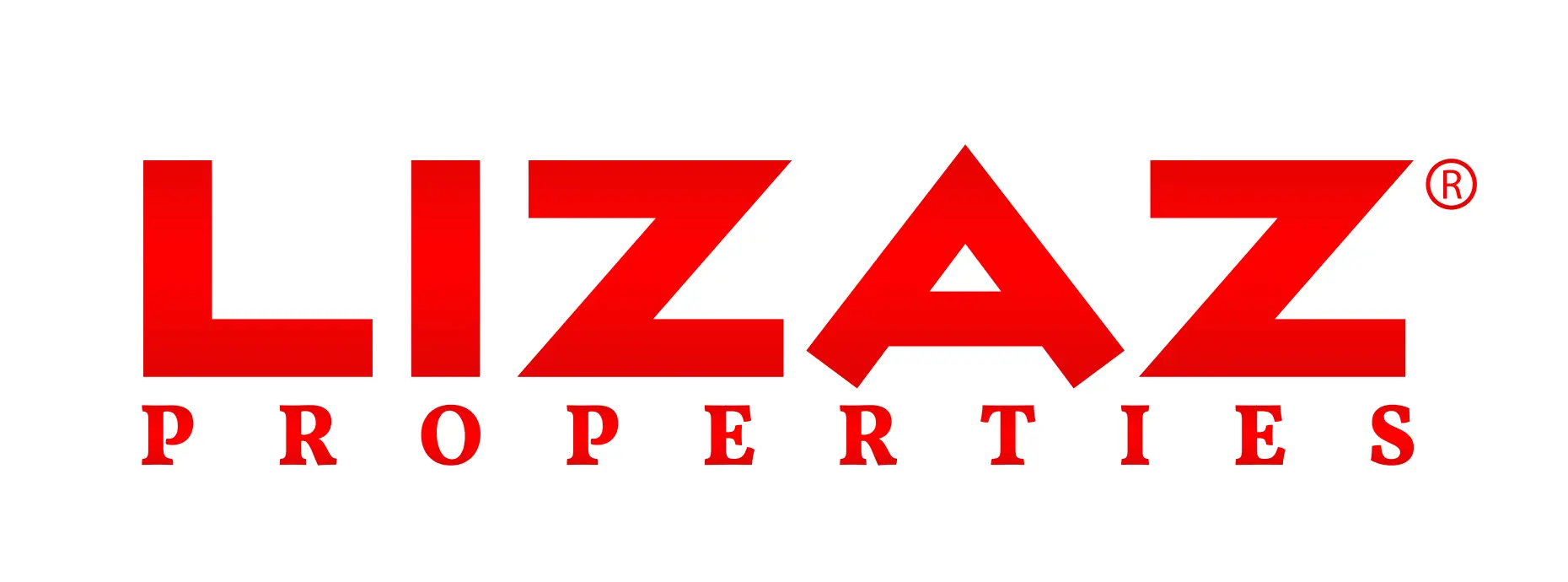
The Ultimate Guide to Leasing Office Space
Introduction: The Smart Way to Secure Your Ideal Office Lease
Finding and leasing office space is one of the most important business decisions you’ll make. Whether you’re launching a startup, expanding your enterprise, or upgrading from a home office, the right lease can transform productivity, branding, and profitability.
In today’s fast-changing commercial real estate environment, flexibility, cost-efficiency, and sustainability define modern leasing trends. Businesses are shifting from long-term commitments to dynamic, hybrid workspaces designed to support collaboration and innovation.
This comprehensive guide by Lizaz Properties® will walk you through everything you need to know — from evaluating lease options to negotiating agreements, managing costs, and forecasting future workspace trends.
1. Understanding the Basics of Leasing Office Space
1.1 What Is Office Space Leasing?
Leasing office space means renting a commercial property from a landlord or property management company for a specified term. You pay monthly rent in exchange for the right to occupy and operate within that space.
1.2 Why Businesses Prefer Leasing Over Buying
-
Lower Upfront Costs: Avoid the capital investment of purchasing a property.
-
Flexibility: Easily relocate or expand as your company grows.
-
Professional Image: Access prime locations without ownership commitments.
-
Maintenance Support: Many landlords handle facility management and repairs.
2. The Office Leasing Process Explained
Leasing involves several key steps that determine your long-term satisfaction and cost efficiency.
Step 1: Define Your Business Needs
Before searching, clarify:
-
Size requirements
-
Preferred location (downtown, suburban, or near clients)
-
Layout preferences
-
Budget range
Step 2: Research Market Rates
Consult commercial real estate reports or professionals to learn about office space lease rates in your area. Compare costs per square foot, amenities, and accessibility.
Step 3: Shortlist Suitable Spaces
Use online office property listings or agencies like Lizaz Properties® to identify properties that match your operational and branding goals.
Step 4: Inspect and Evaluate
Visit each site. Check lighting, ventilation, parking, connectivity, and nearby amenities.
Step 5: Negotiate Lease Terms
Negotiation can save significant money. Focus on rent, duration, renewal options, maintenance responsibilities, and termination clauses.
Step 6: Review the Legal Aspects
Always have a legal expert review the office lease agreement terms before signing to ensure your interests are protected.
3. Types of Office Leases
Different lease structures cater to different business needs:
| Lease Type | Definition | Ideal For |
|---|---|---|
| Gross Lease | Tenant pays fixed rent; landlord covers taxes, insurance, and maintenance | Small to mid-size companies |
| Net Lease | Tenant pays base rent plus part of operating expenses | Established firms |
| Percentage Lease | Rent is based on revenue percentages | Retail or service-based offices |
| Short-Term Lease | Flexible terms (3–12 months) | Startups, freelancers |
| Long-Term Lease | Multi-year agreements | Corporates seeking stability |
4. Location Strategy: Where to Lease Office Space
Choosing the right location influences productivity, reputation, and employee satisfaction.
4.1 Downtown Office Space
Perfect for firms that rely on walk-in clients, networking, or proximity to other businesses.
4.2 Suburban Office Leasing
Ideal for cost-conscious companies seeking quieter, spacious environments.
4.3 Urban vs. Virtual Workspaces
Hybrid and virtual office lease options are popular among tech firms and global teams needing flexibility without full-time physical presence.
4.4 Top Cities for Office Leasing
Global hubs like Singapore, London, Dubai, Toronto, and New York dominate due to advanced infrastructure and strong corporate ecosystems.
5. Cost of Leasing Office Space: What to Expect
Several factors affect your office lease cost:
| Factor | Influence on Cost |
|---|---|
| Location | Prime business districts are more expensive |
| Building Grade | Class A buildings charge higher rents |
| Size & Amenities | Larger spaces and premium amenities raise costs |
| Lease Duration | Longer leases may offer discounted rates |
| Market Conditions | Vacancy rates and demand affect pricing |
Use an office lease cost calculator to estimate total expenses, including utilities, parking, and maintenance fees.
6. Negotiating an Office Lease
Negotiation is where business acumen meets real estate strategy.
6.1 Key Terms to Negotiate
-
Base Rent: Request rent reductions or free months during setup.
-
Tenant Improvements: Landlord-paid renovations or customizations.
-
Renewal Options: Ensure flexibility after lease expiry.
-
Maintenance Responsibilities: Define who handles repairs and utilities.
6.2 Office Lease Negotiation Tips
-
Research comparable lease rates in your target area.
-
Negotiate from a position of data, not urgency.
-
Consult legal and financial advisors before finalizing.
7. Understanding Legal and Financial Terms
7.1 Essential Clauses
-
Termination Clauses: Protect you if you need to exit early.
-
Deposit Policies: Know refund rules and security obligations.
-
Insurance & Liability: Clarify who is responsible for coverage.
7.2 Office Lease Renewal and Termination
Renewal should ideally include rent cap clauses. Termination requires proper notice as outlined in your lease.
7.3 Fit-Out and Customization
Some landlords provide office lease fit-out options, allowing you to tailor interiors to your brand and workflow.
8. Design and Space Planning for Modern Offices
A well-designed workspace boosts employee satisfaction and performance.
8.1 Modern Design Trends
-
Open layouts for collaboration
-
Quiet zones for focused work
-
Eco-friendly materials and green walls
-
Smart lighting and ventilation systems
8.2 Sustainable Office Leasing
Companies increasingly prefer green office space leasing, emphasizing energy efficiency, waste reduction, and eco-certification.
9. Flexible and Hybrid Workspaces
The modern work era has revolutionized how companies lease offices.
9.1 Shared and Coworking Leases
Ideal for startups and small businesses seeking cost-effective, community-driven environments.
9.2 Flexible Workspace Leasing
Allows scalability—expand or reduce your footprint based on team size or project cycles.
9.3 Leasing Furnished Office Space
Fully equipped offices eliminate setup delays, providing immediate operational readiness.
10. Comparing Leasing vs. Buying Office Space
| Criteria | Leasing | Buying |
|---|---|---|
| Upfront Cost | Low | High |
| Flexibility | High | Limited |
| Ownership Benefits | None | Yes |
| Maintenance | Landlord handled | Owner’s responsibility |
| Scalability | Easy relocation | Complex resale or expansion |
For startups and mid-size companies, leasing office space offers liquidity and adaptability, critical for navigating uncertain markets.
11. How to Find the Best Office Space for Lease
11.1 Use Trusted Real Estate Platforms
Explore verified property listings to filter by size, amenities, and lease type.
11.2 Partner with Experienced Leasing Agents
Agencies like Lizaz Properties® specialize in commercial office leasing and can guide you through negotiation, legal paperwork, and market insights.
11.3 Evaluate Each Offer Carefully
When assessing lease offers, consider:
-
Accessibility and parking
-
Total cost of occupancy
-
Lease flexibility
-
Brand alignment with location
12. Global Trends in Commercial Office Leasing
The world of commercial real estate leasing is undergoing a transformation:
-
Remote & Hybrid Work: Driving demand for flexible lease models.
-
Green Buildings: Sustainability is now a primary tenant demand.
-
Technology Integration: Smart systems for lighting, HVAC, and access control are standardizing.
-
Space Downsizing: Companies prioritize efficiency over size.
13. Future of Office Space Leasing
The future leans toward hybrid, tech-driven, and sustainable offices. Expect:
-
Growth in coworking office leases
-
More short-term and flexible contracts
-
Integration of smart technology and AI for lease management
-
Increased demand for urban office space lease options that blend accessibility with culture
14. Common Mistakes to Avoid When Leasing an Office
-
Ignoring Total Occupancy Cost: Always calculate hidden fees and taxes.
-
Neglecting Legal Review: Overlooking clauses can create future liabilities.
-
Choosing the Wrong Size: Too large wastes money; too small restricts growth.
-
Underestimating Fit-Out Costs: Factor in furniture and renovation.
-
Skipping Location Analysis: Traffic patterns and accessibility matter.
15. Benefits of Leasing Office Space
-
Flexibility to Move or Expand
-
Access to Prime Business Districts
-
Lower Financial Risk
-
Maintenance Support
-
Improved Brand Image
-
Networking Opportunities (via coworking and shared leases)
Leasing empowers businesses to scale quickly, experiment with locations, and optimize cash flow—all without the burden of ownership.
Conclusion: Building Success Through Strategic Office Leasing
Choosing and leasing office space is more than a transaction—it’s a growth strategy. The right lease supports your culture, enhances brand image, and aligns with your financial goals.
With expert guidance from Lizaz Properties®, businesses gain access to data-driven insights, flexible terms, and prime locations worldwide.
Whether you’re a startup seeking agility or a corporation planning regional expansion, understanding office lease options, negotiation techniques, and market trends will empower you to make smarter, more profitable decisions.
In the evolving world of business real estate, those who approach leasing strategically—balancing cost, design, and flexibility—will stay ahead of competitors and thrive in the offices of tomorrow.



